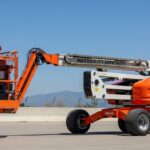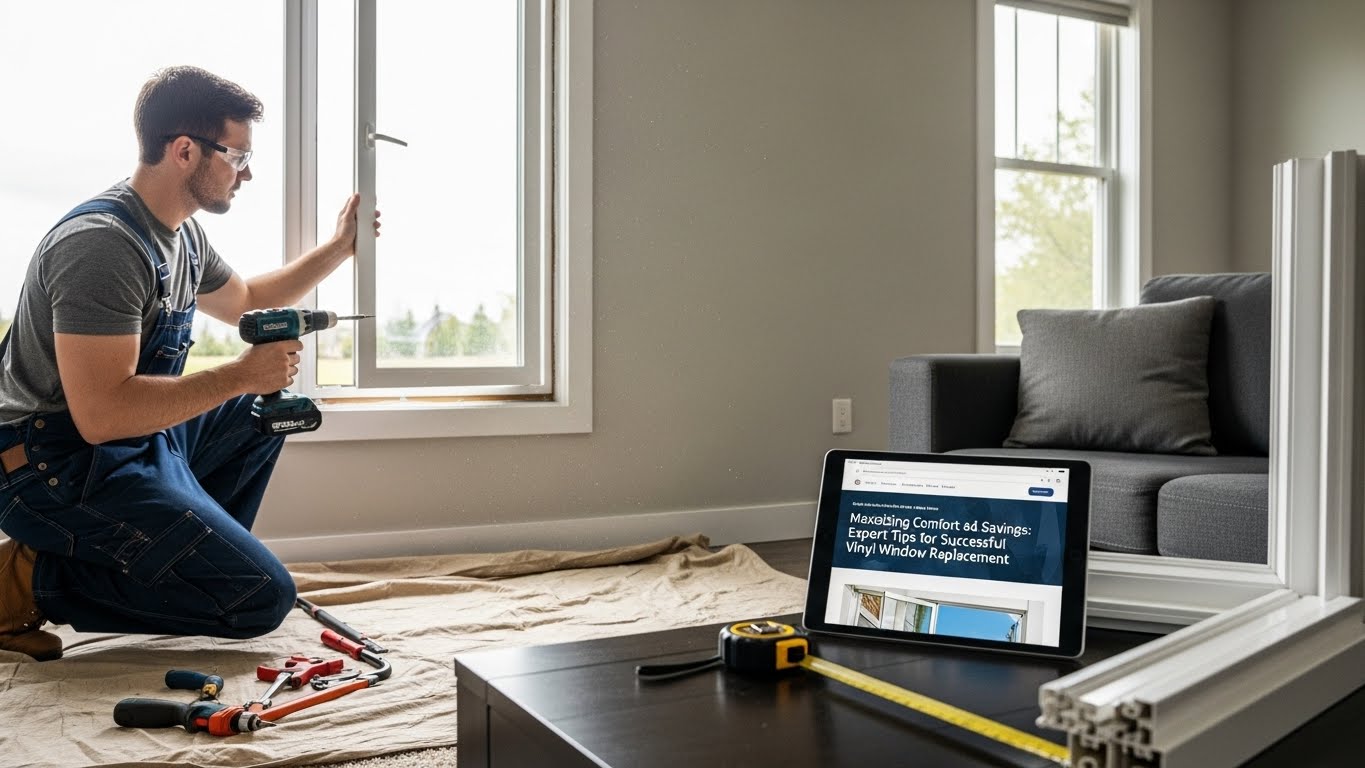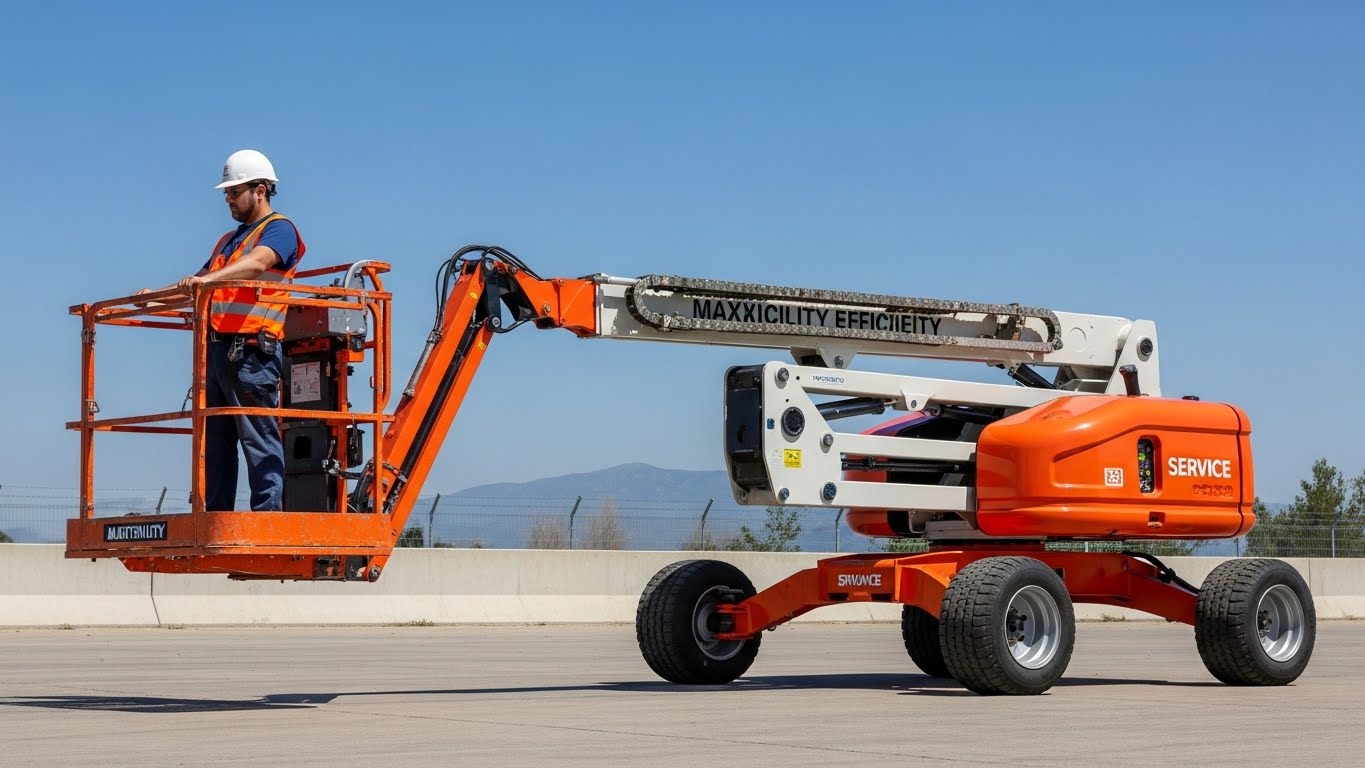Finding the right vehicle can be life-changing, especially when accessibility, comfort, and safety are top priorities. For individuals with mobility challenges, disability cars provide the freedom to travel independently and live more comfortably. However, with so many options on the market, choosing the perfect model can feel overwhelming.
This detailed guide will help you understand what to look for when exploring disability cars for sale in Australia, including key features, modification options, and tips for making an informed decision.
Understanding Disability Cars in Australia
Disability cars, also known as mobility vehicles, are specially designed or modified to accommodate people with disabilities or mobility limitations. These vehicles can be either:
- Factory-built — purpose-designed by the manufacturer with accessibility features.
- Modified vehicles — regular cars adapted with equipment such as ramps, hand controls, or wheelchair lifts.
The goal is to provide individuals and families with greater independence while ensuring safety and comfort during travel.
When searching for affordable disability cars for sale across Australia, it’s essential to know the various types available and how each one caters to different mobility needs.
Types of Disability Cars Available
1. Wheelchair Accessible Vehicles (WAVs)
These cars are designed to allow a person to enter and remain in the vehicle while seated in a wheelchair. Some have rear-entry ramps, while others have side-entry options depending on user preference and parking conditions.
2. Hand-Controlled Cars
For drivers who cannot use traditional pedals, hand-controlled systems allow acceleration and braking using hand-operated levers or joysticks. These vehicles offer safe, easy handling once properly trained.
3. Transfer Seat Vehicles
Some people prefer to transfer from a wheelchair into a standard car seat. Vehicles with powered or swivelling transfer seats make this process smooth and safe.
4. Modified Vans and SUVs
Larger vehicles like vans and SUVs can be fitted with hydraulic lifts, extra space for medical equipment, or customized seating arrangements, making them ideal for families or caregivers.
Each vehicle type suits different needs, so it’s important to assess your physical requirements before buying.
Factors to Consider When Choosing a Disability Car
Selecting the right vehicle involves more than just budget and brand preference. Below are the most important factors to keep in mind:
1. Accessibility Features
The primary consideration is how easy it is for the driver or passenger to enter and exit the vehicle. Check for features like:
- Low entry points or lowered floors
- Automatic ramps or lifts
- Wide door openings
- Remote-control entry systems
A vehicle that offers seamless entry and exit reduces strain and promotes independence.
2. Interior Space and Comfort
Ensure there’s adequate space to accommodate wheelchairs, assistive devices, and other personal equipment. Adjustable seating, extended legroom, and ergonomic controls contribute to overall comfort.
3. Driving Adaptations
Depending on your needs, vehicles can include:
- Hand controls
- Left-foot accelerators
- Steering aids
- Voice-command systems
Always test these features to ensure ease of use and safety before purchasing.
4. Safety Standards
Safety is non-negotiable. Confirm that your chosen car meets Australian Design Rules (ADR) and that any modifications are approved by the relevant authorities. Look for features such as anti-lock braking systems (ABS), stability control, and airbags in accessible configurations.
5. Fuel Efficiency and Maintenance
Owning a vehicle with excellent fuel efficiency and low maintenance costs ensures long-term affordability. Compare options and consult with a mechanic familiar with mobility vehicles before finalizing your choice.
6. Resale Value and Warranty
Choosing a reputable brand with a solid warranty gives you peace of mind. Mobility vehicles can hold good resale value, especially if kept in top condition and properly maintained.
New vs. Used Disability Cars
When exploring affordable disability cars for sale across Australia, you’ll find both new and pre-owned models. Each has its pros and cons.
New Vehicles
- Benefit from the latest technology and safety features
- Covered by manufacturer warranties
- Can be customized directly by the manufacturer
However, new models are usually more expensive and may require longer waiting periods for specific modifications.
Used Vehicles
- More cost-effective
- Available immediately
- Often already fitted with modifications
It’s important to check that all modifications comply with Australian safety standards and that the vehicle passes inspection before purchase.
Where to Find Reliable Dealers
Finding the right dealer is just as important as choosing the right car. Look for reputable businesses that specialize in disability and mobility vehicles. Trusted dealers will:
- Offer test drives to ensure comfort and compatibility
- Provide full documentation for modifications
- Assist with funding applications and government paperwork
- Offer after-sales service, including maintenance and part replacements
When exploring affordable disability cars for sale across Australia, it’s best to choose a dealer with positive customer reviews, transparent pricing, and dedicated customer support.
How to Test Drive a Disability Car
A test drive is crucial before committing to a purchase. Here’s what to focus on during your trial:
- Comfort when entering and exiting the car
- Visibility from the driver’s seat
- Ease of operating controls and assistive devices
- Noise levels and ride smoothness
- Parking and reversing capabilities
Take your time to test different models until you find one that suits your mobility and lifestyle perfectly.
Maintaining Your Disability Car
Once you’ve chosen your vehicle, proper maintenance ensures it stays reliable and safe. Regular servicing helps prevent wear on specialized equipment. Follow these maintenance tips:
- Schedule routine inspections for lifts, ramps, and control systems
- Keep ramps and mechanical parts clean and lubricated
- Check tire pressure and fluid levels regularly
- Store your car in a covered area to protect modifications from weather damage
Consistent care extends your vehicle’s lifespan and keeps it operating smoothly.
Future of Disability Cars in Australia
The automotive industry continues to innovate with technology that enhances accessibility. Future trends include:
- Advanced driver-assistance systems (ADAS)
- Voice-activated controls for navigation and entertainment
- Electric mobility vans with extended range
- Smart wheelchair docking and automated entry systems
As technology progresses, disability vehicles will become even more efficient and user-friendly, offering greater independence for all users.
Final Thoughts
Choosing the right mobility vehicle can dramatically improve quality of life by providing freedom, confidence, and convenience. By considering accessibility features, modification options, and safety standards, you can make an informed decision that suits your specific needs.
Whether you’re searching for a new or pre-owned vehicle, there are many affordable disability cars for sale across Australia that combine functionality with comfort. Take the time to research, test drive, and consult with specialists to ensure you choose the perfect vehicle to match your lifestyle.
Independence is priceless — and the right disability car can make every journey easier, safer, and more enjoyable.











